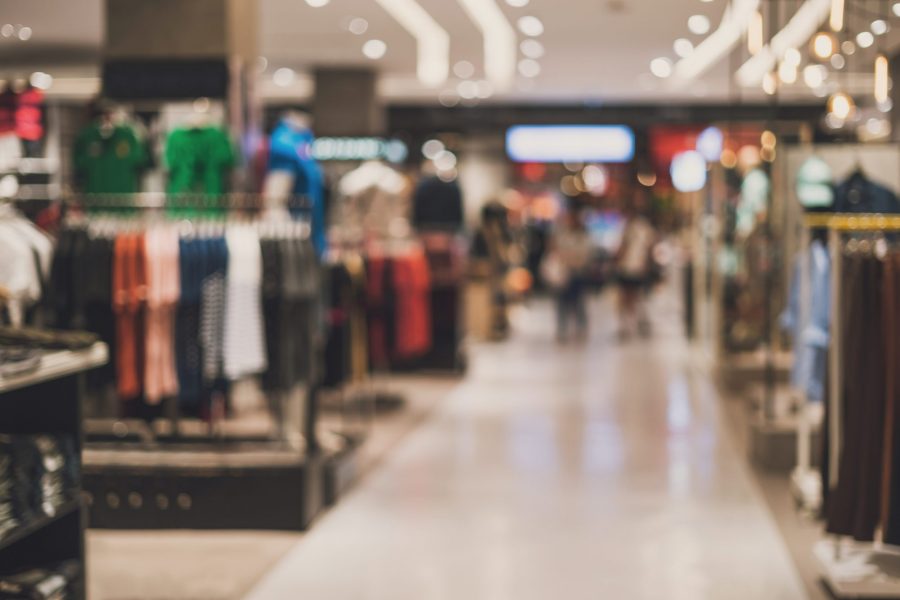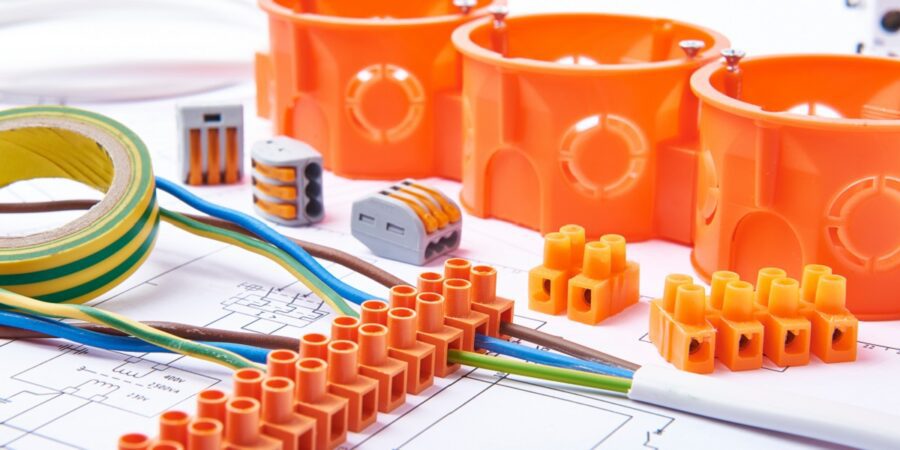
Our Blog
Student Housing Business: Holiday Break – A Time to Re-Evaluate Goods & Package Distribution
5 Min Read
Written by: Christopher O’Brien
This post originally appeared on studenthousingbusiness.com. To read more content like this, subscribe to Student Housing Business magazine.
Colleges and universities are known for providing a one-of-a-kind experience to students. However, the COVID-19 pandemic has put a lot of those special experiences on-hold due to limitations on amenities and the need to provide a contact-free campus life. Without the ability to access amenities safely and conveniently, many students are missing out on the fun and engaging campus life they originally signed up for. These limitations also may discourage prospective students from enrolling and instead take a gap year.
This is a real problem for higher education institutions, which are struggling to provide a premium yet contact-free student experience with a smaller number of staff members and resources. The reality is that colleges, universities and surrounding communities thrive financially when students are fully utilizing amenities and enjoying campus life.
So how can colleges and universities adapt? They can take advantage of the upcoming holiday break to reset their approach to amenities and distributing goods on campus.
One thing to think about during this ‘reset’ phase are smart lockers. Many colleges and universities have heard about electronic parcel lockers and how they are making an impact on campuses in the U.S. What these universities may not have heard about is how these lockers are being re-deployed to distribute a variety of goods on-campus while leveraging existing processes.
Let’s take a look at how smart lockers are being used by various on-campus departments to distribute goods:
Going beyond just packages
Smart lockers can manage more than just packages. Colleges and universities can utilize smart lockers to deliver student mail; distribute personal belongings or electronics, like a laptop or tablet; disseminate library books, textbooks and move-in materials; and so much more. This helps to reduce touch-points, providing a contactless experience and minimizing human-to-human interaction, keeping both students and faculty safe.
Smart lockers come with software that can provide a chain-of-custody log for all goods — not just packages — distributed on campus. This means that different types of goods can be distributed on-campus using just one single database system, providing a quick, easy and cost-effective solution that allows each department to distribute and track goods.
Moreover, these departments can house lockers wherever they need an asset exchange and the locker can easily connect to an existing asset tracking software where all students and staff are already registered. There is no need to create a new process for communication to students and staff. Instead, there is one simple process for drop-off and pick up for all departments on campus. Additionally, funds can be pooled from various departments so that the investment cost for the system is reduced.
Here are a few ways that university’s can leverage smart lockers to distribute their goods:
- Library: libraries on-campus can use smart lockers to distribute articles, periodicals, books and other materials to students. Students can easily pick up or drop off the materials they need from a locker. All information is tracked and saved so that libraries can easily manage late-fees if necessary.
- Bookstores: On-campus bookstores are an important source of revenue for higher education institutions. Smart lockers can be utilized to distribute clothing, books, electronics, gifts and other merchandise with zero face-to-face interaction.
- IT departments: Schools can disseminate student laptops, tablets and other school-owned devices via smart lockers to reduce exposure to COVID-19.
- Class equipment: Some courses such as video production require that students use certain equipment for projects and assignments. To minimize face-to-face contact, classrooms can distribute equipment via smart lockers and students can easily and safely return the items via the lockers as well.
- On-campus dining: Electronic lockers also can be used to distribute food and beverages to students. A student can simply place an order for a meal online via the university’s dining software and then pick-up their food and beverages via a smart locker to reduce face-to-face contact.
- Student mail: In addition to packages, electronic lockers can also be used to distribute regular USPS mail to students.
- Events and activities: Schools can disseminate tickets for sporting events and other student activities via smart lockers to minimize long lines and contact with ticket agents.
The benefit of smart lockers on- and off-campus
The benefit of utilizing smart lockers can be seen in a number of ways, both on- and off-campus:
- Saving valuable staff time. Universities and their surrounding communities are trying to do more with less due to reduced staff and limitations on working hours. Operational savings are important right now and that is where smart lockers can help. Eighty percent of online orders and packages — including groceries, care packages, books and more — can be delivered directly to parcel lockers. In fact, smart lockers are proven to reduce the labor resources demanded by package management by as much as a third.
- Providing a premium student and staff experience. Smart lockers make it quick and easy for students to retrieve their packages at their convenience, simplifying the package delivery process for staff, students, and couriers alike. With package lockers, universities and off-campus communities no longer need to worry about crowded mail services lines or students rushing to collect their packages before the mail services center closes. And because students are able to pick-up their packages at any time of day, mail operations will also experience fewer inquiries and complaints from students trying to locate their lost or stolen packages.
- Providing the amenity of contact-free package pick-up. Consumer demand for contact-free package pick-up has increased due to COVID-19. In fact, 87% of consumers want a contact-free option when it comes to retrieving their packages and online orders. Smart lockers provide seamless package management for mail services staff and a contact-free way for students, faculty and teachers to obtain deliveries at their convenience. Instead of the numerous face-to-face interactions between delivery drivers and mail services staff, and then mail services staff and students, students are able to retrieve their packages from a self-service solution at any time of the day. Self-service lockers can be made available 24/7, which helps eliminate the need for students to congregate in lines and encourages social-distancing in communal spaces.
Smart lockers really have shifted from a ‘nice to have’ amenity to a necessity. Colleges, universities and their surrounding communities need to take the holiday break to rethink their approach to goods distribution and consider investing in smart lockers to help remain profitable and functional.
About Student Housing Business Magazine:
Student Housing Business magazine covers on- and off-campus student housing development, investment and operations on www.studenthousingbusiness.com, and in their weekly e-newsletter.





